Friday, April 27, 2007
Maker Faire Preview, Fire Truck, and Open Source Hardware


April 27, 2007
In this issue: Maker Faire Video Preview Posted, the New MAKE Fire Truck Name and Mod, and Exploring Open Source Hardware
Why, hello there,
Spring is here, and sometimes, late at night, I walk around the deserted caverns of New York City. There are piles of garbage everywhere, all containing the same things it seems (some good raw materials too!). But what you never see is something handmade. Sure some of the stuff we all make might actually come from trash, but like expensive items or something well-designed, it rarely ends up in a landfill. So here's to making more stuff to keep this spring!
MAKER FAIRE
We're gearing up (literally) for the first of this year's Maker Faires. The Bay Area Maker Faire will be on May 19 & 20 at the San Mateo Fairgrounds. You can get your tickets in advance now, avoid the lines, and save a few bucks.
Bre and I put together a special video featuring just a few of the hundreds of Makers who will be at Maker Faire. We hope you enjoy it.
MAKE FIRE TRUCK
Now on to the burning question! MAKE now has has a fire truck! We need to mod it (of course) and we also need to name it. If we use your suggestion(s) or mod we'll send you some cool stuff from the Maker Store!
OPEN SOURCE HARDWARE
Last up, we've used the term "open source hardware" for quite a while at MAKE, and in this newsletter, we dive in to define what it is and show projects you can start working on right away!
Read on to check it all out!
Cheers,
pt
Phillip Torrone
Senior Editor, MAKE magazine
Supercharge Your Java with the MAKE DIY Coffee PDF!
Got a jones for caffeine and technology? Mod your espresso machine to dial in the perfect shot, with precise temperature control and a filter hack that kicks out maximum tasty crema. Roast your own with a hand-built custom coffee roaster. Hack a toaster timer to perfect-brew your tea every time. And fire up your coffee pot from the internet using X10 automation. Using home-grown techniques and off-the-shelf parts, caffeine junkies will find everything they need to overclock the fix from their favorite shade-grown beverage.
As a special thanks to newsletter subscribers, get 50% off by entering discount code "caffeine".
From the MAKE Blog
Maker Faire Video Preview (YouTube)
Ladies and Gentlemen, step right up and feast your eyes on this short video preview of the Second Annual Maker Faire! All the fun, thrills, and excitement is coming on May 19th and May 20th! This video will show you but a mere smattering of the Makers and projects that will be in San Mateo! Filled with anticipation? Get your tickets now! - Link
MAKE Fire Truck - Help Us Mod It, Hack It and Name It!



MAKE now has a 1981 Mercedes Benz 508D Diesel Doka fire truck! It has 47,274 kilometers, a heavy duty military/commercial grade 6-cylinder diesel with a 5-speed manual transmission. It has two bucket seats up front, 7 seats in the back seating area, tons of storage racks and bins, and the roof is covered in diamond plate and accessible by ladder. It can go up 55 miles per hour and can carry 9 passengers. You'll see it at Maker Faire, but we need your help! We need to mod it (of course) and we also need to name it. If we use your suggestion(s) or mod(s), we'll send you some cool stuff from the Maker Store!
More: MAKE Fire Truck (photos) Link.
Note: The truck is at MAKE HQ; we'd never actually park it like that.
How to help:
- Post your suggestions for naming and mods in the comments and/or in the MAKE forums - Link.
- Post your sketches, drawings, 3D models, clay models, whatever in the MAKE Flickr photo pool - Link.
Open source hardware, what is it? Here's a start...
Open source hardware is a term we've used here on MAKE & CRAFT for describing some of the projects featured as well as some of our electronics kits. It was also the subject of a talk we participated in at the SXSW conference, but what is it? There are a few definitions, some of which come from "open source software," which is usually considered software's "source code under a license (or arrangement such as the public domain) that permits users to study, change, and improve the software, and to redistribute it in modified or unmodified form." So how does this translate to hardware? Electronic hardware can be divided up into layers, each of which has different document types and licensing concerns.Hardware (Mechanical) Diagrams Dimensions for enclosures, mechanical subsystems, etc. For 2D models, preferred document type is vector graphics file, with dimension prints, DXF, or AI, etc. Example: Motor-driven screw block from the RepRap 's thermoplast extruder head, an open source 3D printer.
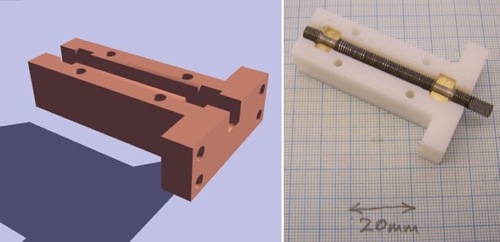
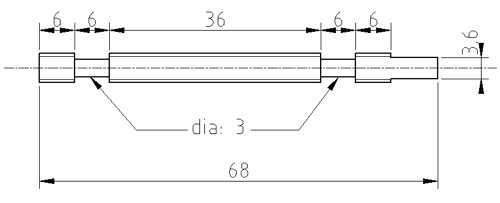 Schematics & Circuit Diagrams Symbolic diagrams of electronic circuitry, includes parts list (sometimes inclusively). Often paired with matching layout diagram. Preferred document type is any sort of image (PDF, BMP, GIF, PNG, etc). Example: 3.3V and 5V regulator schematic from Chumby, the open source information device.
Schematics & Circuit Diagrams Symbolic diagrams of electronic circuitry, includes parts list (sometimes inclusively). Often paired with matching layout diagram. Preferred document type is any sort of image (PDF, BMP, GIF, PNG, etc). Example: 3.3V and 5V regulator schematic from Chumby, the open source information device. 
Parts List What parts are used, where to get them, part numbers, etc. Example: Parts List from the open source Roland 303 MIDI synth clone, the x0xb0x.

Layout Diagrams Diagrams of the physical layout of electronic circuitry, including the placement of parts, the PCB copper prints, and a drill file. This is often paired with a schematic. Preferred distribution is Gerber RS274x and Excellon (for drills). These are like PostScript for printers but the primitives aren't text and arcs, they're lines of solder and components. Example: Board (.brd) files for the MAKE: Daisy Open Source MP3 Player.

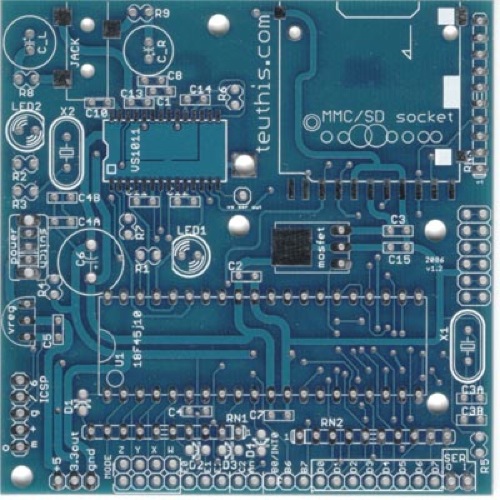
Core/Firmware The source code runs on a microcontroller/microprocessor chip. In some cases, the code may be the design of the chip hardware itself (in VHDL). Preferred distribution: text file with source code in it, as well as compiled 'binary' for the chip. Example: Open core 8080 compatible CPU code snippet from executing the 8080 instruction set.
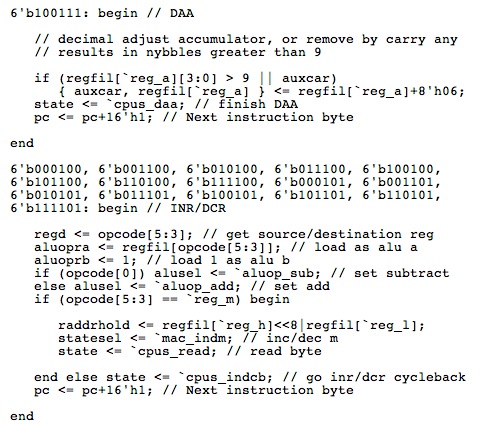
Software/API The source code that communicates or is used with the electronics from a computer. Example: A screenshot of the Arduino IDE showing a simple example program.
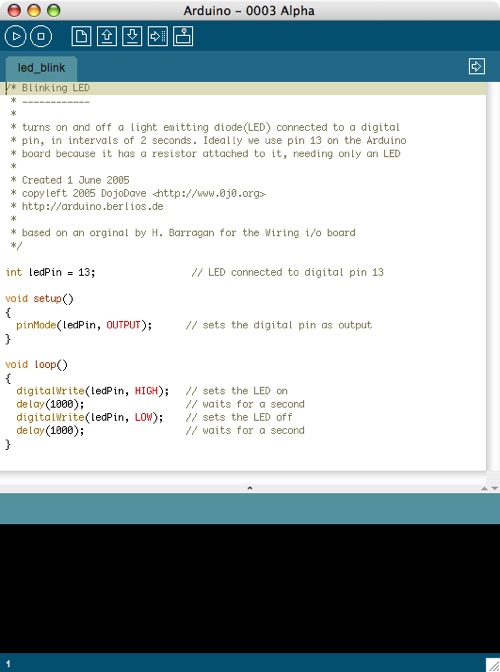
Each level can be open sourced, but the exact nature of what it means to open it varies. In practice, not every layer is fully open. Often only a subset of the layers are released, documented, or open source.
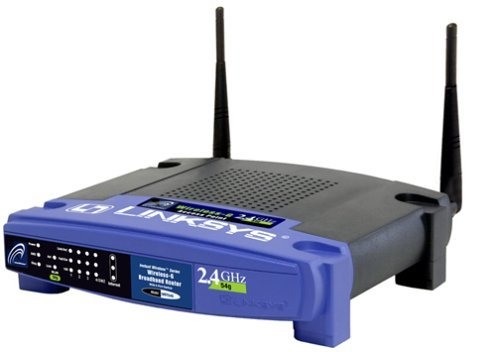
For example, the WRT54GL wireless router only has the firmware open sourced (GPL).

The Roomba robot vacuum has an "open" API (interface).
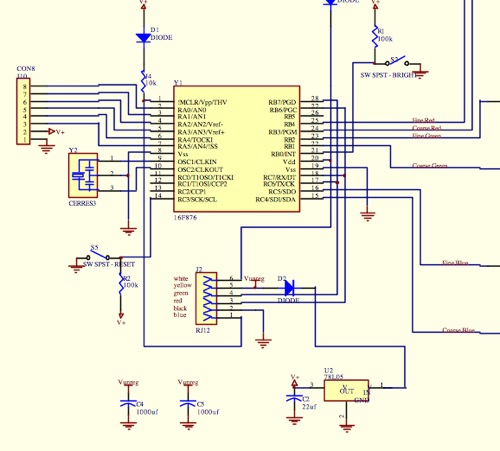
The Ambient Orb (information device) is not open source, but the schematics and parts list are documented and available for people to tinker with and possibly build their own. There are ongoing efforts from a variety of groups and people who are trying to figure out how an open licensing of hardware might work too: Projects Projects are the the fun part: what are people actually doing? Here are a few examples (some previously noted) of projects that are close to "pure" open source hardware projects:

Arduino physical computing platform (just shipped 10,000!) - Link.
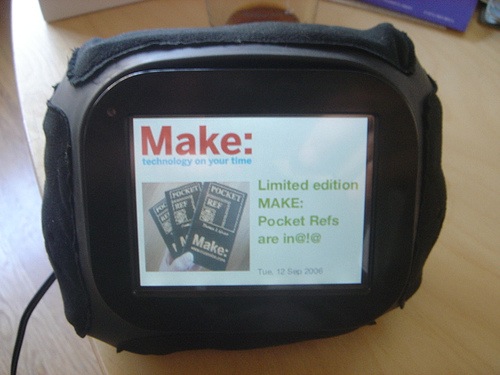
Chumby 'glancable' information device - Link.
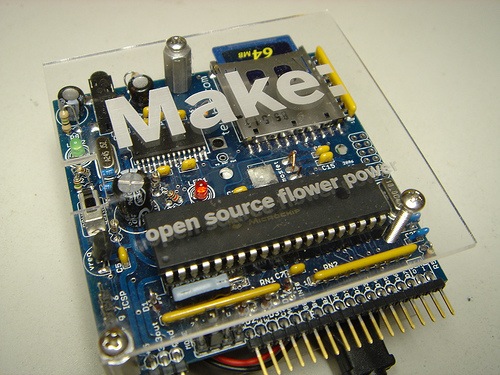
MAKE: Daisy MP3 Player - An open source MP3 player - Link.
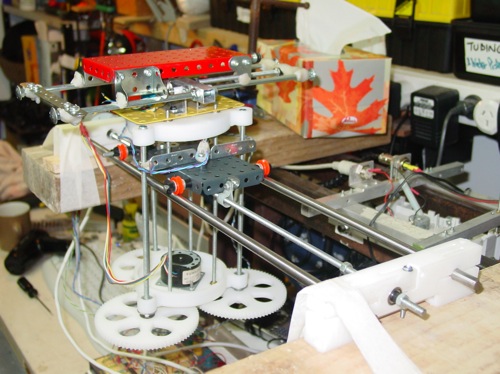
RepRap / Fab@Home - Open source 3D printer - Link.
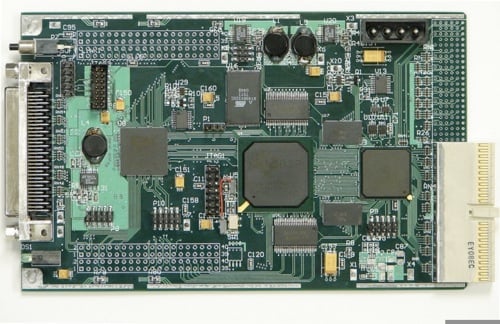
Open Cores - A collection of VHDL cores for FPGA chips ("often cited as the first example of true OS hardware") - Link.

OpenEEG - An EEG design that is OS & available as a kit - Link.

x0xb0x - Roland 303 clone MIDI synth - Link.
Some of these projects don't provide everything in the most ideal way, or might use a non-open-source tool to modify, but it's a start -- this is all pretty new.
At MAKE & CRAFT, we're trying to foster this nascent hardware movement by encouraging our kit makers to consider open source hardware and a license that makes sense when developing kits with us. So far it's worked out, and we're looking forward to providing not only more open source hardware kits, but electronics that are more "open" than what's out there now.
Why is this a good thing? The most obvious one for MAKE & CRAFT is the educational benefits: an open source hardware project or kit allows makers to build something completely from scratch (etching boards, etc) or assembling a kit almost IKEA-style, but unlike assembling furniture, new skills and understanding of how things actually work can be learned. One could say the building of the electronics is the "compiling" portion of the project, similar to software. Events like dorkbot and our Maker Faire are places for participation, and online, Instructables.com is a great place to look.
What else? Fixes -- new features and the "peer production" of the electronics projects/kits usually lend themselves to better kits, communities, and for some makers making real businesses selling kits - Link.
All this being said, the pace is slow and steady; hardware moves slower than software now: fabbing, which may decrease but is unlikely to fully go away. And hardware seems to be in the same state software was in the 1980s; lots of commercial developers, very few open source developers (or like 1970s when only a few had computers at all). We'd like to see the world of hardware when there are millions of developers.
This is a start. We're interested in your feedback and thoughts, so post up in the comments!
Special thanks to Limor Fried, Nathan Torkington & Eric Wilhelm for their help on this overview.